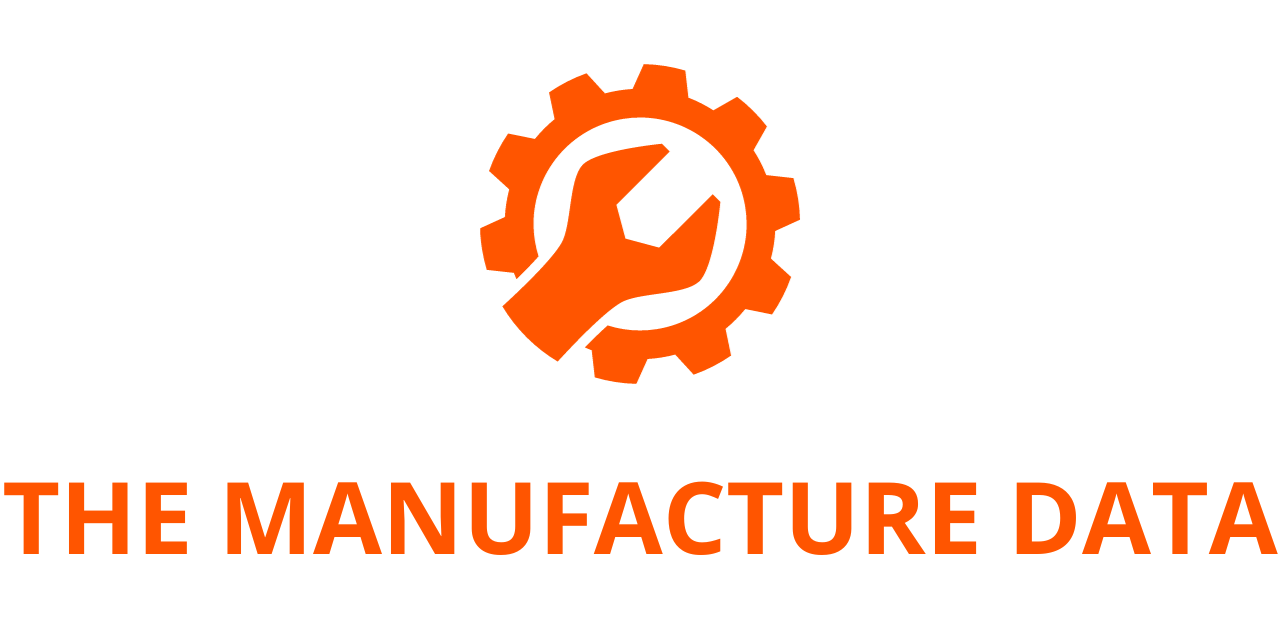
Global Flexible Packaging Market Poised for Growth: Projected to Reach $353.8 Billion by 2030
The latest report, “Flexible Packaging – A Global Market Overview,” has been added to ResearchAndMarkets.com’s collection, offering an in-depth analysis of the flexible packaging industry. The market for flexible packaging is estimated to be valued at $266.7 billion in 2024 and is expected to grow at a compound annual growth rate (CAGR) of 4.8%, reaching approximately $353.8 billion by 2030.
Market Overview and Key Drivers
Flexible packaging has gained widespread adoption across industries such as food and beverages, pharmaceuticals, personal care, and consumer goods due to its various advantages, including convenience, extended shelf life, and a lower environmental footprint. The increasing global demand for lightweight, cost-effective, and eco-friendly packaging solutions is driving the expansion of the market.
With the rising consumer preference for convenient, resealable, and portable packaging options, flexible packaging solutions continue to evolve. Innovations in printing technology and enhanced barrier properties further support this market growth. Additionally, the expansion of the e-commerce sector and the growing consumption of packaged goods in emerging markets are significant contributors to the increasing demand for flexible packaging.
Regional Market Trends
Asia-Pacific Dominance and Growth Prospects
The Asia-Pacific region is expected to dominate the global flexible packaging market, accounting for 38.7% of the market share in 2024. This dominance is attributed to the region’s robust manufacturing base, cost-effective labor force, and abundant raw material availability. Countries like China, India, and Japan play a crucial role in this market, benefiting from a strong presence in food and beverage, pharmaceutical, and consumer goods industries.

Asia-Pacific is also projected to be the fastest-growing regional market, with an anticipated CAGR of 5.6% from 2024 to 2030. Factors driving this growth include rapid urbanization, population growth, and an expanding middle class in emerging economies. The increased consumption of packaged food, beverages, and personal care products contributes to the heightened demand for flexible packaging in the region. Furthermore, the rapid expansion of e-commerce, supported by improved logistics and distribution networks, has amplified the need for lightweight, durable, and sustainable packaging solutions. Government policies promoting environmentally friendly and cost-effective packaging also play a significant role in the market’s acceleration.
Flexible Packaging Market by Product Type
Pouches Leading the Market
Among various product types, pouches hold the largest share in the flexible packaging market, accounting for 38.9% in 2024. Their popularity stems from their functionality, convenience, and cost efficiency. The space-saving design of pouches reduces transportation costs, and their adaptability across a wide range of products—from liquids to solids—makes them an ideal choice for numerous industries.
Pouches are expected to be the fastest-growing segment, with a projected CAGR of 5.2% during the 2024-2030 period. Features such as resealable closures, spouts, and transparency enhance their appeal in industries like food and beverages, pharmaceuticals, and personal care. Additionally, as sustainability concerns gain traction, pouches offer an eco-friendly alternative to rigid packaging by using fewer materials and integrating recyclable and biodegradable innovations.
Flexible Packaging Market by Material
Plastic Dominates, While Bioplastics Gain Momentum
Plastic remains the most widely used material in flexible packaging, holding a market share of 70.2% in 2024. Its durability, flexibility, and cost-effectiveness make it a preferred choice. Plastic also provides excellent barrier properties, protecting products from moisture, light, and contamination. Continued advancements in recyclable and lightweight plastic solutions ensure its dominance in the market.
However, bioplastics are expected to experience the fastest growth, with a projected CAGR of 5.8% from 2024 to 2030. Derived from renewable resources such as corn or sugarcane, bioplastics present a sustainable alternative by reducing reliance on fossil fuels and lowering carbon footprints. The increasing adoption of bioplastics by companies aiming to meet eco-conscious consumer preferences and comply with stricter environmental regulations is fueling this rapid growth.
Flexible Packaging Market by Application
Food & Beverages Sector Leads
The food and beverage industry is the leading application segment in the flexible packaging market, with an estimated share of 60.3% in 2024. Flexible packaging enhances the shelf life of food products, maintains freshness, and provides effective protection against external contaminants. It is also lightweight, convenient, and aligns with consumer preferences for resealable and sustainable packaging solutions. As the demand for processed and ready-to-eat foods continues to grow, flexible packaging plays a critical role in the sector.
Pharmaceuticals & Healthcare: The Fastest-Growing Application
The pharmaceutical and healthcare industry is expected to register the fastest CAGR of 5.7% during the forecast period. Secure, lightweight, and tamper-proof packaging is essential to ensure drug efficacy and safety. Blister packs, sachets, and pouches offer superior protection against moisture, oxygen, and contamination. Additionally, the rising adoption of unit-dose packaging, increasing focus on personalized medicine, and stringent regulatory compliance further drive the demand for flexible packaging in this sector.
Market Dynamics and Innovation Trends
Several key trends and innovations are shaping the flexible packaging industry:
- Sustainability Initiatives: With increasing environmental concerns, manufacturers are investing in recyclable, biodegradable, and compostable packaging solutions to reduce plastic waste and carbon footprints.
- Advancements in Printing Technology: Improved digital printing techniques allow for high-quality, cost-effective, and customized packaging, meeting consumer demand for attractive and informative designs.
- Smart Packaging Solutions: The incorporation of QR codes, RFID tags, and sensors into flexible packaging enables real-time tracking, authentication, and enhanced user experience.
- Lightweight and High-Barrier Films: The development of high-barrier films ensures improved protection while reducing material use, contributing to sustainability efforts.
- Regulatory Compliance: Governments worldwide are implementing stricter regulations on plastic usage, pushing companies to innovate and adopt eco-friendly alternatives.
Key Market Players
The flexible packaging industry comprises several major players investing in innovation and expansion to maintain their competitive edge. Some of the key companies operating in this market include:
- Amcor plc
- Berry Global Inc.
- Mondi Group
- Sealed Air Corporation
- Huhtamaki Oyj
- Constantia Flexibles
- Sonoco Products Company
- ProAmpac LLC
- Coveris Management GmbH
- UFlex Limited
- Sigma Plastics Group Inc.
- Wipf AG
These companies are investing in research and development, mergers and acquisitions, and strategic partnerships to strengthen their market position and expand their product offerings.
The global flexible packaging market is poised for significant growth, driven by increased demand for lightweight, cost-effective, and sustainable packaging solutions. The Asia-Pacific region is expected to remain dominant, while pouches and bioplastics emerge as the fastest-growing segments. With rapid advancements in technology, evolving consumer preferences, and regulatory pressures, the industry continues to innovate, ensuring a more sustainable future for packaging solutions worldwide.




